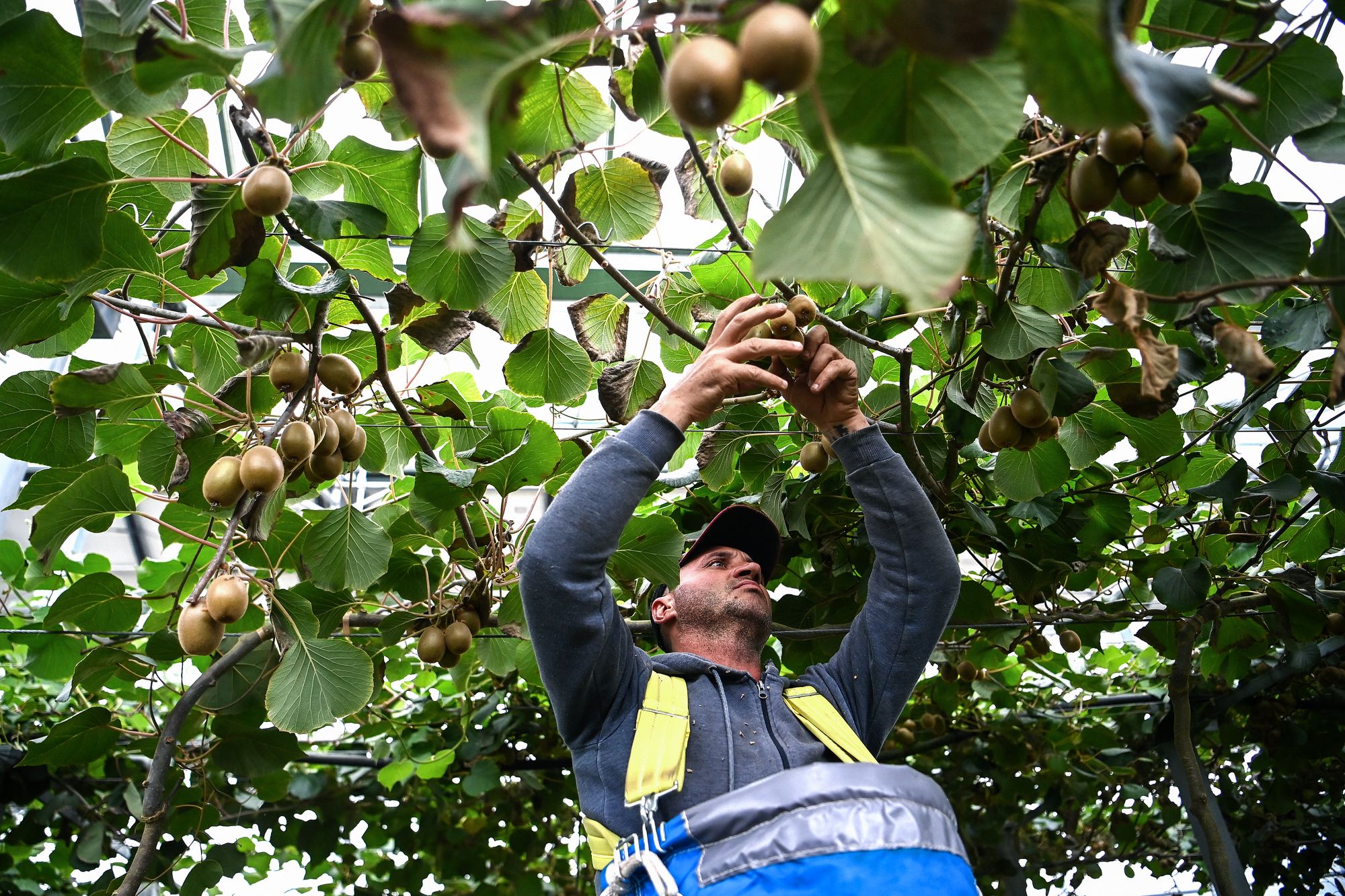- Lifestyle
- Health & Families
The essential nutrient can help keep bones strong and healthy - and can be found in more than just oranges
Julia Mustoin New YorkMonday 24 November 2025 22:34 GMTComments
 CloseOne Orange Nearly Meets Your Complete Daily Vitamin C Requirement
CloseOne Orange Nearly Meets Your Complete Daily Vitamin C Requirement
Sign up to our free Living Well email for advice on living a happier, healthier and longer life
Live your life healthier and happier with our free weekly Living Well newsletter
Live your life healthier and happier with our free weekly Living Well newsletter
 Email*SIGN UP
Email*SIGN UPI would like to be emailed about offers, events and updates from The Independent. Read our Privacy notice
When you think of vitamin C, you probably think of an orange.
The sweet citrus fruit has 70 to 90 milligrams of the vitamin, that has big health benefits. It’s an amount that meets the doctor-recommended, daily 90 milligrams for men and exceeds the 75 milligrams advised for women. Getting the recommended daily amount of the vitamin can help to protect your skin and bones, as well as lower your risk for cancer, heart disease and the common cold.
In fact, for many families, oranges - and their juice - have become a common everyday preventive and treatment for illness.
“It’s what’s known as an essential nutrient, meaning that your body doesn’t make it,” registered dietitian Devon Peart told the Cleveland Clinic, “so you have to get it from your diet.”
The good news is that you can have more than an orange for vitamin C. Here are some of the most common other foods that provide the vitamin that experts say is essential:
 open image in gallerySeveral fruits and vegetables contain more vitamin C than an orange - here are some examples. (Getty Images/iStock)
open image in gallerySeveral fruits and vegetables contain more vitamin C than an orange - here are some examples. (Getty Images/iStock)Red peppers
Red bell peppers have nearly three times more vitamin C than an orange, with 190 milligrams per pepper.
“A medium red pepper has more than 150 percent of your daily recommended vitamin C intake,” Peart confirms.
Delicious when roasted and stuffed with beef and vegetables or served as a snack with a healthy ranch dip, red bell peppers are also a great source of eye-protecting vitamin A.
 open image in galleryRed bell peppers have more than 150 percent of daily recommended vitamin C (Getty/iStock)
open image in galleryRed bell peppers have more than 150 percent of daily recommended vitamin C (Getty/iStock)Guava
Guava is an underutilized tropical fruit packed with flavor and as many as 247 milligrams of vitamin C, depending on the variety. Most of the dozens of guava species that are cultivated provide shoppers with 200 percent of their daily recommended vitamin C.
Chop it up and mix it into a Caesar salad or add it to vanilla ice cream for a kick of vitamin C. The fruit is also high in fiber, containing 5.4 grams, or more than two times more than an orange.
Kiwi
A cup of raw kiwi has at least twice as much vitamin C as an orange, boasting 137 milligrams.
“Have one kiwi at breakfast, and you’ll have consumed about 117 percent of your recommended daily amount of vitamin C,” Peart said.
 open image in galleryA Kiwi is also a good source for Vitamin C (AFP via Getty Images)
open image in galleryA Kiwi is also a good source for Vitamin C (AFP via Getty Images)It’s great sliced on top of steel-cut oatmeal or in a smoothie. But, the fuzzy fruit is also rich in essential vitamins and minerals, such as immune-protecting vitamin E. It has seven percent of the daily recommended amount of 15 milligrams.
“Kiwi is one of the few fruits that contain a good amount of vitamin E,” registered dietitian Gillian Culbertson said. “And studies show that the vitamin E in kiwi is very bioavailable, so your body can easily use it.”
Watercress
This surprising vegetable has at least double the amount of vitamin C found in an orange, with 50 milligrams in 80 grams of watercress. That’s 10 more milligrams of an orange of the same weight.
While most of watercress is made up of water, it’s also a good source of vitamin K, with 85 micrograms per cup. That’s close to the recommended amount of 90 micrograms for women and 120 micrograms for men.
Watercress is a fresh addition to an egg salad sandwich or mixed into a spring salad.
More about
FoodVitamin COrangeFruitimmune systemVegetablesJoin our commenting forum
Join thought-provoking conversations, follow other Independent readers and see their replies
Comments


